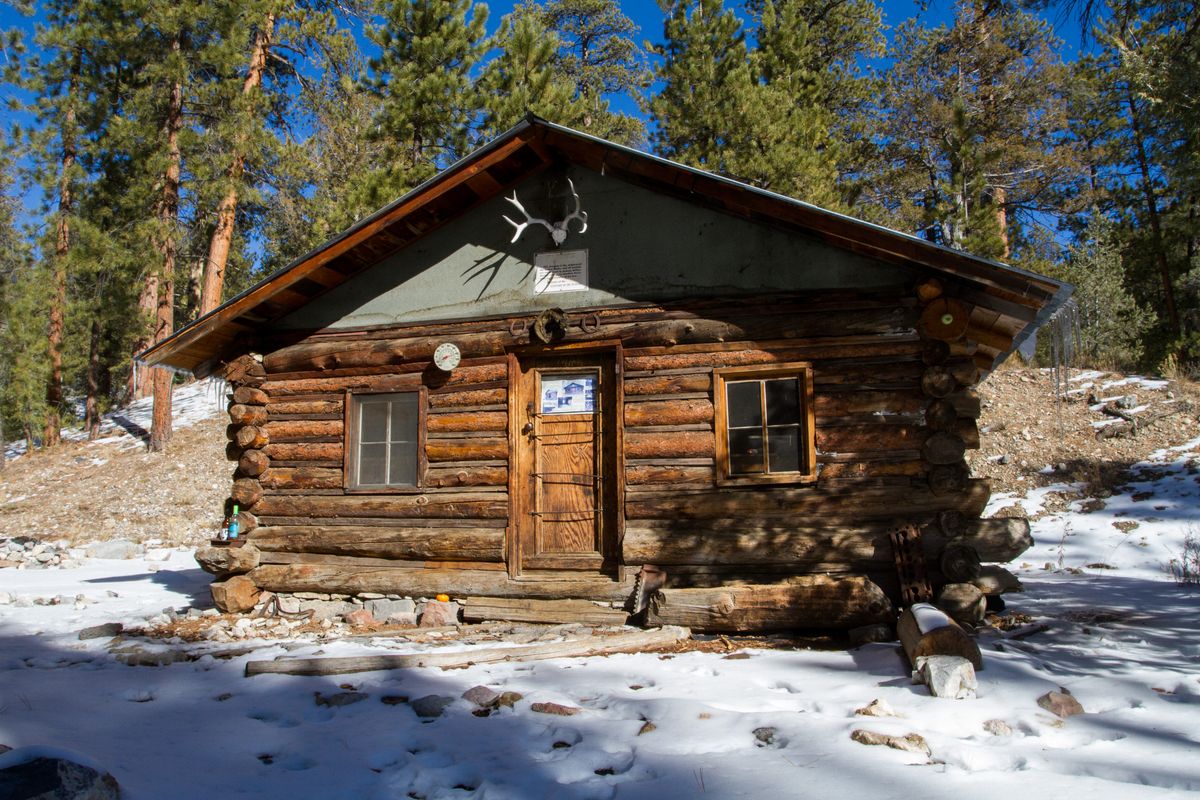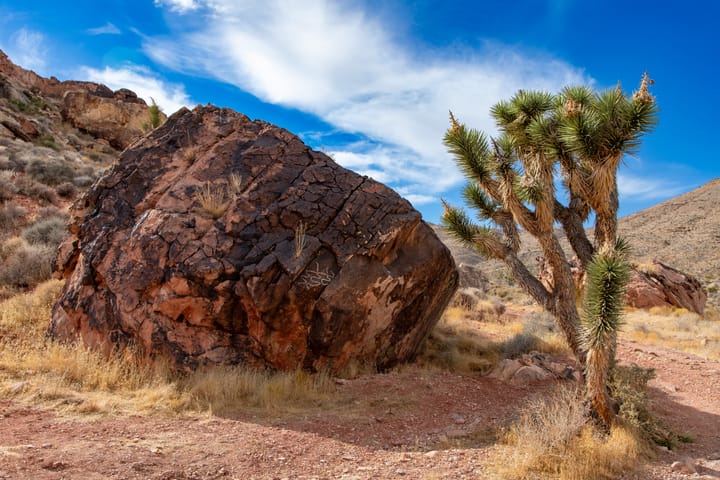Nestled deep within the Desert National Wildlife Refuge of southern Nevada is the historic Hidden Forest Cabin. This rustic log cabin, built in the late 1800s, has stood witness to the area's rich history and now serves as a remote refuge for hikers and nature enthusiasts.
The Hidden Forest Cabin's origins are somewhat mysterious, but it is believed to have been constructed by a cattleman or miner. Over the years, the cabin has played host to a colorful cast of characters, including prospectors, hunters, bootleggers during Prohibition, and even outlaws seeking a hideout. In the early 1900s, moonshiners found the cabin to be a perfect refuge, as the road leading to it had become too rough for cars to easily navigate.
In the late 1800s, Mormon settlers attempted to establish a sawmill near the cabin to harvest the abundant timber. However, the lack of a reliable water source proved to be their undoing, and the venture was quickly abandoned. Prior to this, the Mormons had managed to produce small quantities of lumber using hand tools.
The establishment of the Desert National Wildlife Refuge in 1936 marked a turning point in the cabin's history. It began to be used by game wardens patrolling the area and even served as the refuge's headquarters for a brief time until a more suitable property was acquired in 1939.
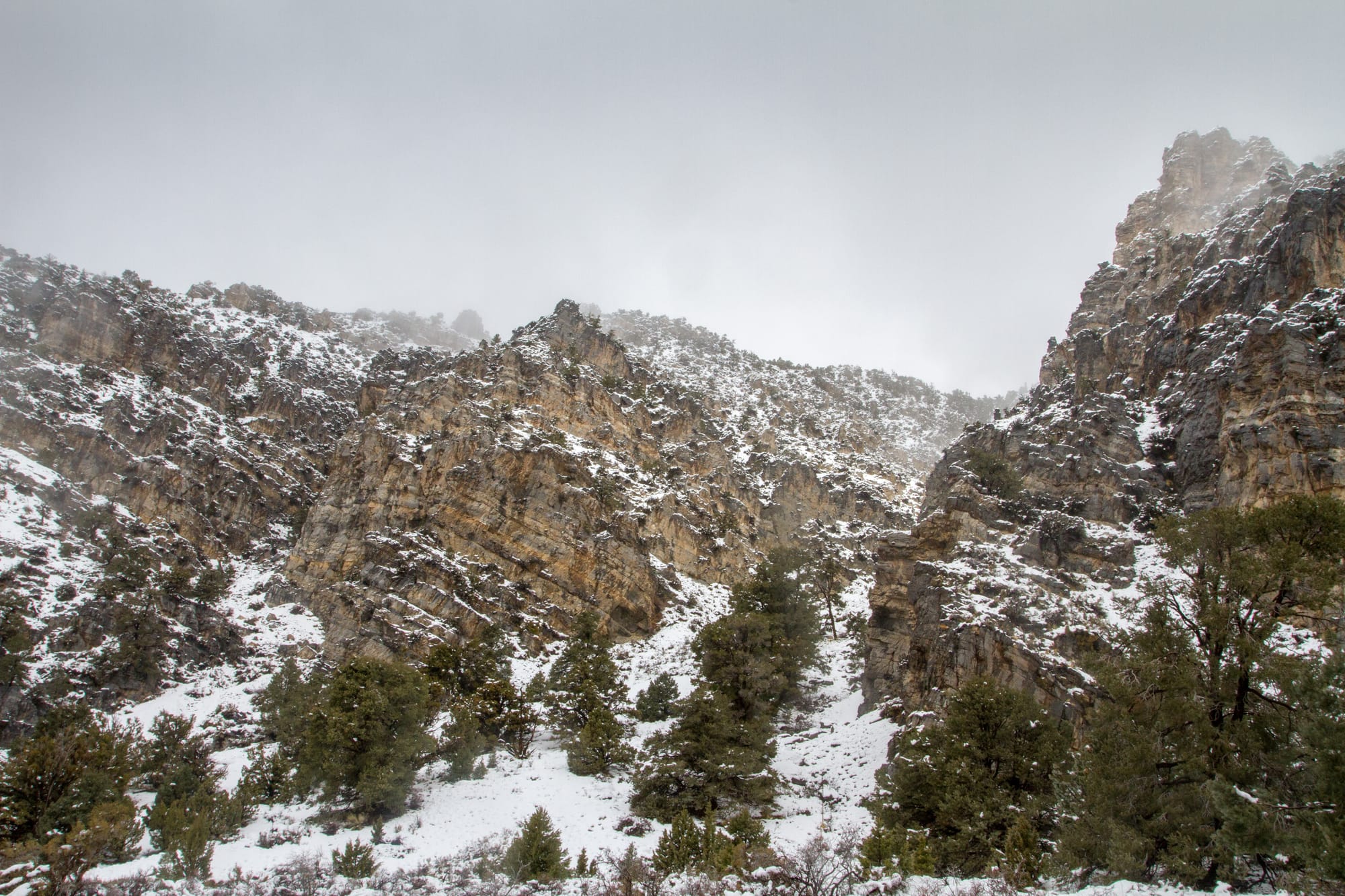


Hidden Forest Cabin
By the early 2000s, the Hidden Forest Cabin had fallen into disrepair. In 2008, the U.S. Fish and Wildlife Service and a dedicated group of volunteers began a restoration project that would span several years. They replaced the cabin's roof, floor, windows, and rotting logs, breathing new life into this historic structure. In 2009, a Boy Scout troop and local hiking enthusiasts joined the effort, further contributing to the cabin's renovation.
It is open for overnight use on a first-come, first-served basis. The cabin consists of a wood-fired stove, bed, table, and chairs. A small kitchen area is stocked with a few canned goods that people bring up for emergencies. Please use Backcountry Cabin Etiquette and keep the cabin clean and in better shape than you found it.
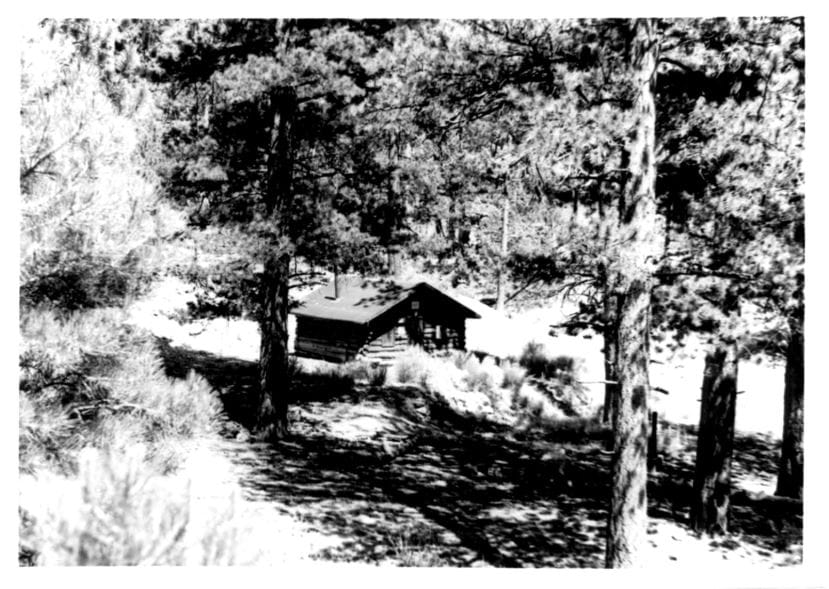
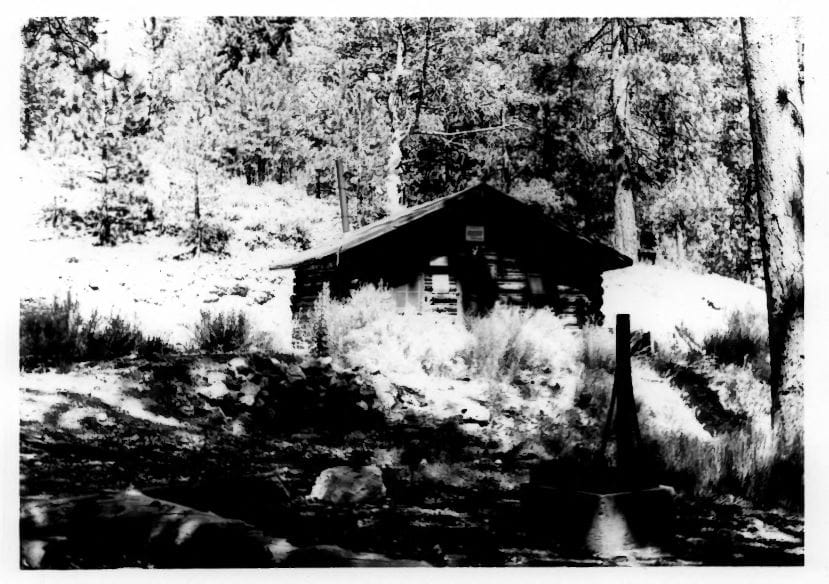
Hidden Forest Cabin in July 1974. Photos courtesy of the NPS
The U.S. Air Force had plans to expand its training and practice bombing operations over the Refuge, but that seems to have fallen through for now. The Desert National Wildlife Refuge was established to protect the dwindling bighorn sheep population, which had dropped to under three hundred individuals in the 1930s.
Also, don’t forget to check in at the Desert NWR’s beautiful new Visitor Center in Corn Creek. They appreciate hearing from folks, and visitation helps their funding.
